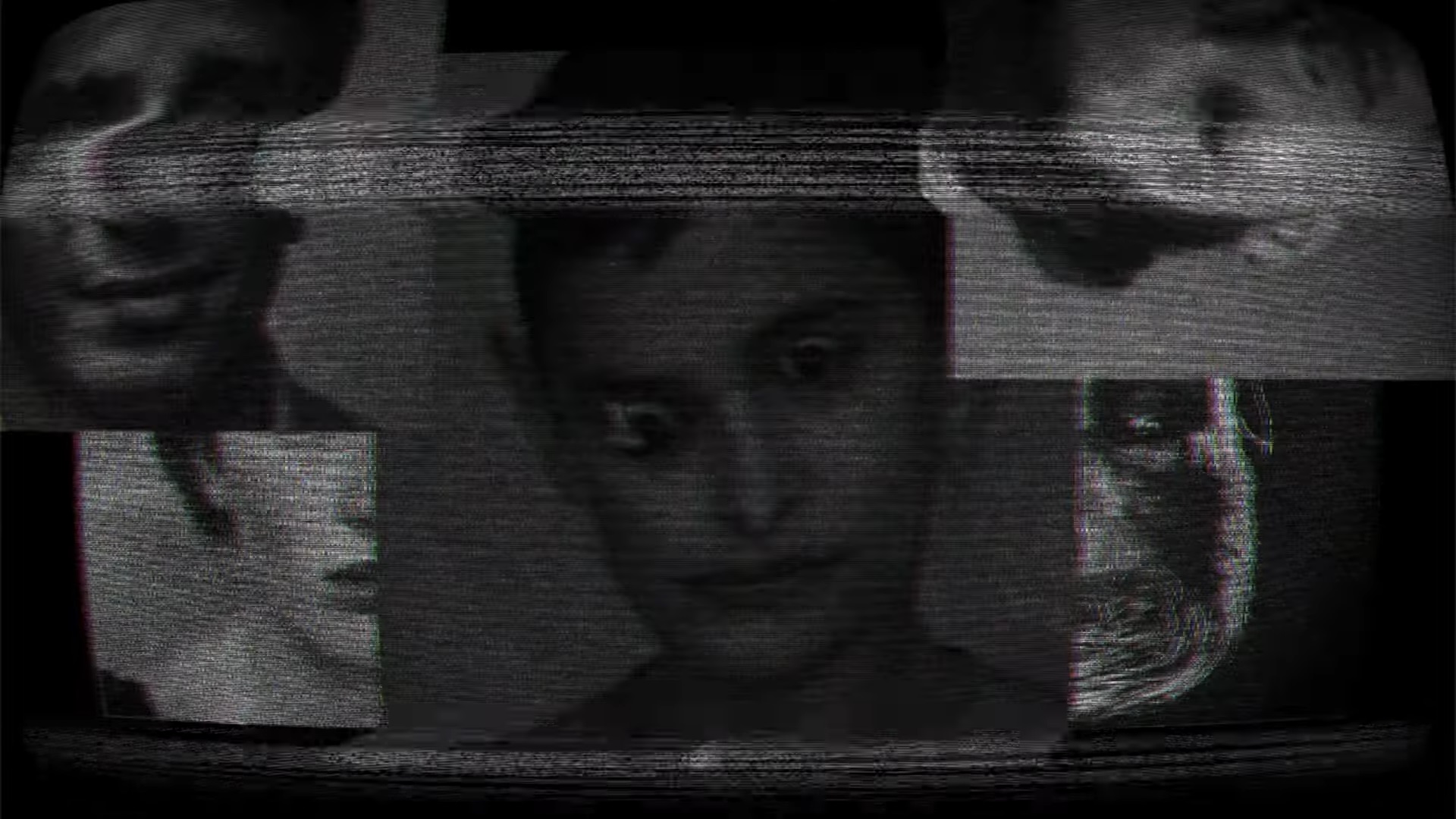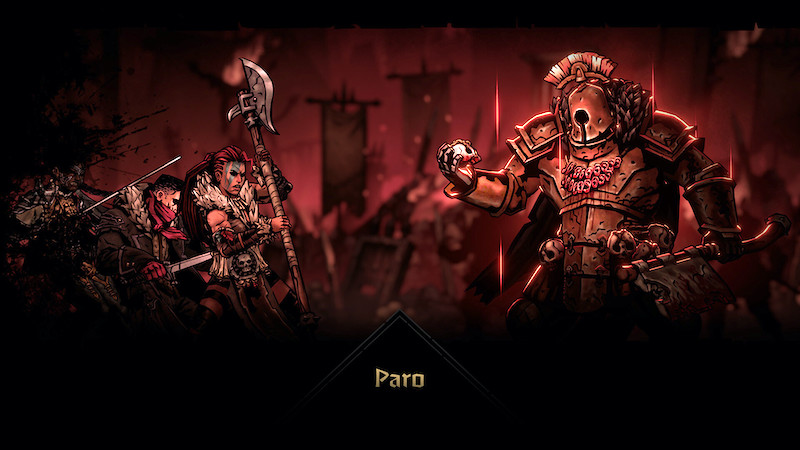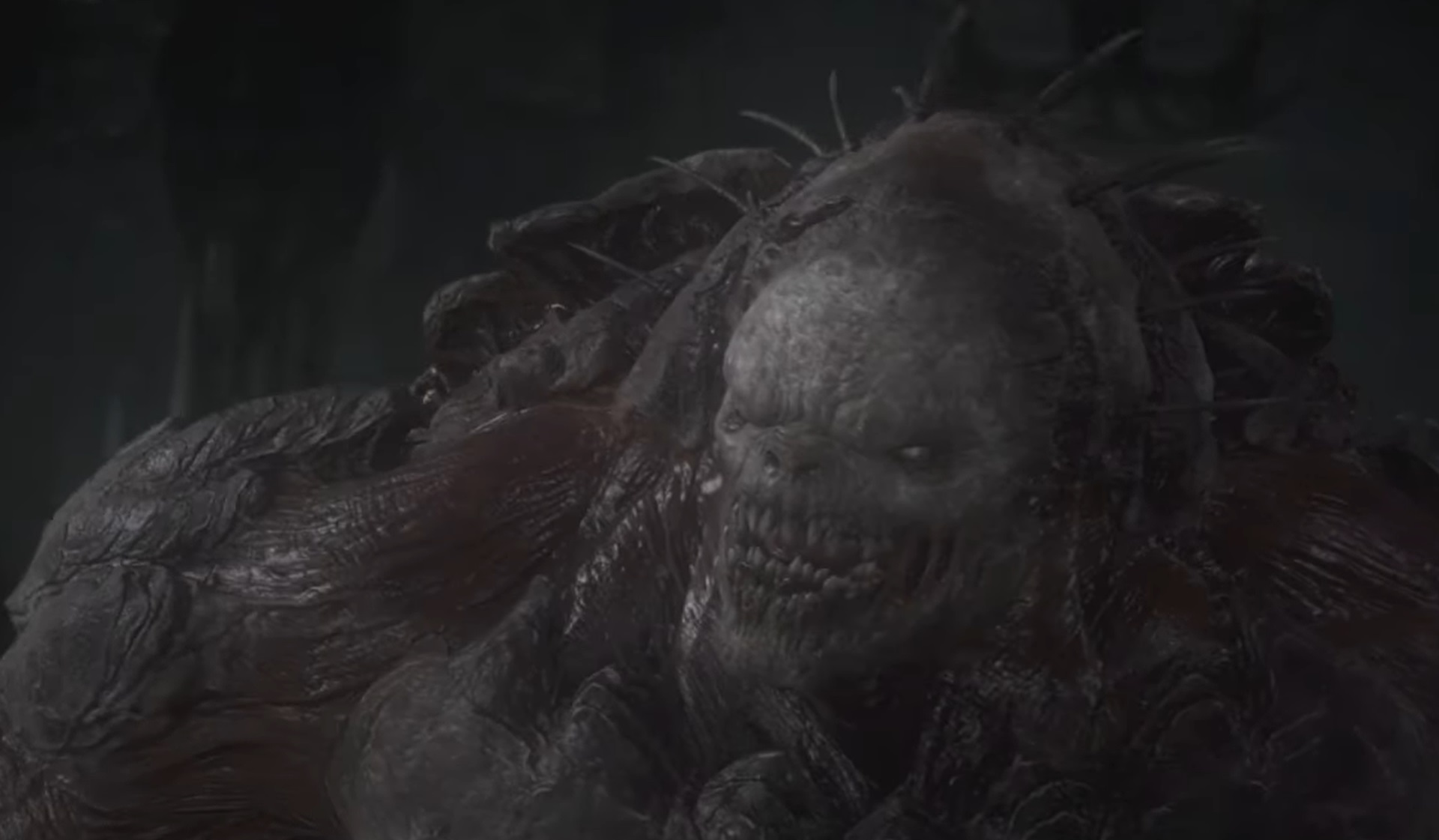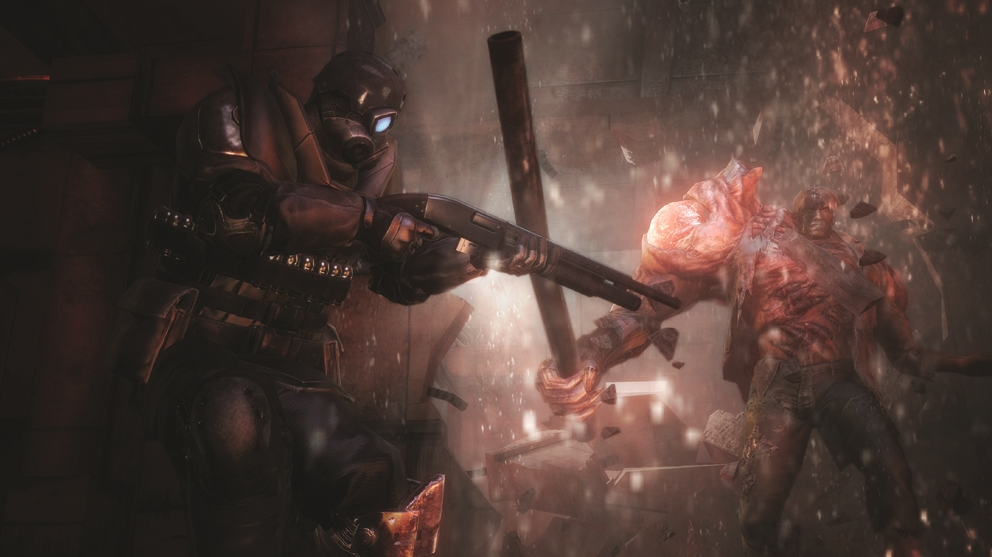
Assessment Examination Teaches Players to Fear The People Around Them
Assessment Examination sees you applying for a role in the Authenticity Assessment Department, seeing how good you are at gauging if people are trustworthy or not. After being asked a few questions, you’re shown images of people. Then, you pick if you trust them. But how do you decide who’s worth trusting? What faces give you misgivings? What about them makes you feel uneasy? The game feels as if it pries at your unconscious biases and dredges up a powerful fear of others. All without doing much besides giving you images of people and asking how you feel about them.
The game begins with an explanation of the job you’re applying for, and provides you with a list of interview questions. It seems like simple stuff. How’d you learn about the job? Do you have any experience? But it starts to probe at you in uncomfortable ways, asking if your fear death or believe in god. Do you have loved ones you care about? Seeing if people are trustworthy or ‘authentic’ already feels like a strange thing to judge based on images alone. However, the program feels like it’s digging into you to see if you’re trustworthy as well.
Assessment Examination creates an unease through these questions. For starters, you already feel there’s something wrong with this job interview. Why would they need to know this kind of personal stuff? It makes you feel like something is watching you. Observing and studying your movements and decisions. Like I said, it feels like I’m being checked for some unknown quality that it may not like. It made me start wondering what it was looking for – feeling like I was in trouble for some unknown thing. Like I’d committed some secret crime I’d forgotten or couldn’t remember. But the program knew it, somehow.

The sound design adds to this, using clunky transition effects, droning beeps, and eerie quiet. The screen flickers like a decaying VHS tape. Something about using this old tech feels hostile and unwieldly. The loud sounds of the transitions, the slightly-too-long beeps, and the static overlay give the game a feeling that it is breaking down. It’s like you’re coaxing the information out of a device that is struggling to output it. Or that you’re accessing something ancient that you shouldn’t be. Something about it had me on-edge, and quickly.
At this point, Assessment Examination begins showing you images of people, asking if you Trust them or consider them a Threat. There’s nothing to go on besides a single picture of a person’s face. This had me wondering what I should be looking for. Were there certain features that would indicate something was wrong? A handful of those initial pictures were distorted in uncomfortable ways, which created a sense that these visual quirks were what the game was looking for. Did they indicate something was wrong with the person who was photographed?
Just as quickly, the game shows you pictures of people who don’t show these weird edits or problems with the photographs. They looked just like regular people. However, sometimes the static would make the picture hard to make out for a moment. Make it look like something was wrong that I might have missed before. You find yourself poring over the details on each face, digging for something about these ordinary people to distrust.

Assessment Examination does seem to give you some indication if you were right about a person. When you select Trust or Threat, the game beeps at you. A higher tone seems to say that you were right, and a lower one says you were wrong. As I said, though, many of these images look like regular people. So, when you say you can trust someone and the game indicates they’re a threat, you start to doubt your ability. You wonder which ordinary faces hide something sinister under them. Feelings of safety unravel. You look even harder into the images.
Staring deep into these images stirred up this unsettling terror in me. Nothing about the faces seemed to indicate whether I could trust someone or not. Even so, I kept looking for some detail that would let me be sure. There had to be some way of knowing, right? I started looking for smiles. A certain look in the eye. Nothing was reliable in telling who was a threat or not. Also, spending too much time looking at still images tends to play tricks on the mind. Things seem like they’re moving, especially as the static rolls by. You know they’re not, but something about staring into vacant eyes in pictures feels deeply uncomfortable.
Assessment Examination also surprises you with bizarre imagery. You see a child’s drawing where everyone is looking at some unseen thing. You read a conversation from a call to the police department about a strange, unsettling, bloody child. It’s told from the perspective of a dead victim, though. The person seemed unusually scared of the kid. The officer on the line insisted that he help the child, even though he was afraid. You can’t help but think the child is connected to the man’s death. What did he see in the kid’s face? Is what he saw present in these images you’re looking at now?

These thoughts creep inside your head, continuing to sow doubt in your feelings of safety. These ordinary people seem to have something to hide. Something you’re desperate to uncover, but can’t. Some people can sense it, though, can’t they? The man sees it in that bloody child, and it makes you wonder about the people you’ve looked at throughout this test. Their eyes stare at you from their pages, and again, it’s hard not to feel that some unearthly thing is looking back. Something you can’t perceive, but is there.
Assessment Examination dredges up a fear of humanity as you play it. It tells you something is wrong within its ordinary faces. Something you can’t see, but it assures you is there. It hints that there’s some twisted force out there behind the smiles of your neighbors, friends, and coworkers. By getting you to stare into these images and decide based on their appearance alone, it has you scrambling to find any feature that might indicate danger. In doing so, it creates this disturbing fear of everyone you see, making for a chilling experience in how easy it can be to make you afraid of everyone around you. Always wondering what they’re hiding in their ordinariness.




